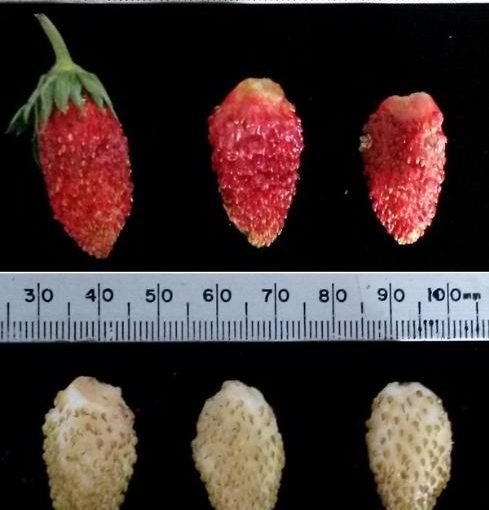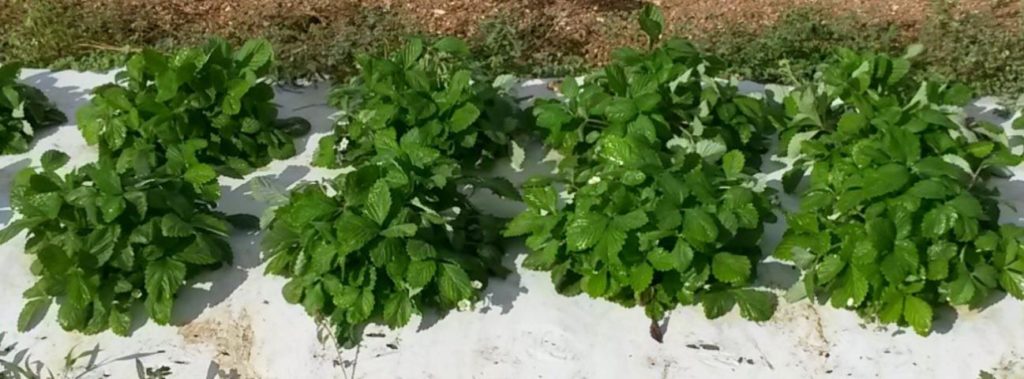Mar 4, 2019Researchers find aromatic strawberry variety grows in south Florida
University of Florida scientists have found another variety that can grow in south Florida. It’s largely unknown to American consumers, it’s temptingly tasty and it’s good for local markets, researchers say.
Alan Chambers, an assistant professor of horticultural sciences with the UF Institute of Food and Agricultural Sciences, led a team of researchers that tested 16 types of Alpine strawberries in South Florida recently to see how well they would grow.
Alpine strawberries produce gourmet, aromatic fruits, Chambers said.


“I love the taste. The flavor is intense and desirable,” said Chambers, a faculty member at the UF/IFAS Tropical Research and Extension Center in Homestead, Florida. Alpine strawberries are too soft for long-distance transportation, so farmers would be wise to sell them locally, Chambers said. “I can see growers selling them directly to consumers and food services in Miami, or wherever they’re grown.”
Alpine strawberries grow in the wild throughout the Northern Hemisphere. A few commercial growers in Europe produce the strawberry as well.
Chambers and his team found the Alpine varieties that they tested grew well in the winter in South Florida. After their initial trial in 2018, researchers held a field day and gave seeds to interested growers, Chambers said.
Strawberries, a $300 million-a-year industry in Florida, are grown in many places in the state. But the bulk of the fruit is produced in central Florida.
South Florida strawberry production is limited in part by land prices caused by close proximity of farm land to urban areas. But the Alpine strawberries could offer a new variety for farmers and local consumers, Chambers said.
Growers maintain economic viability by targeting local markets and on-farm experiences, according to a research paper led by Chambers. The research is published in the journal HortScience. Chambers also published a shorter version of his findings in this new UF/IFAS Extension document.
The next step is for UF/IFAS scientists to meet with UF/IFAS Extension faculty in the fall to talk about the Alpine strawberries’ potential and that of several other new specialty crops, Chambers said.
“Some growers are constantly looking for something exciting, new and profitable,” he said. “Alpine strawberries are just one of many options that could help our growers provide something delicious to today’s savvy consumer. Our work reduces risk and shortens the learning curve for those interested in these novel crops.”
– Brad Buck, University of Florida
Photo at top: Alpine strawberry plants shown in two rows with 15-inch spacing between plants. In general, the leaves are lighter green and thinner than common strawberry plants. The flowers and fruit are also smaller than common strawberry. Photo: Alan H. Chambers, UF/IFAS















